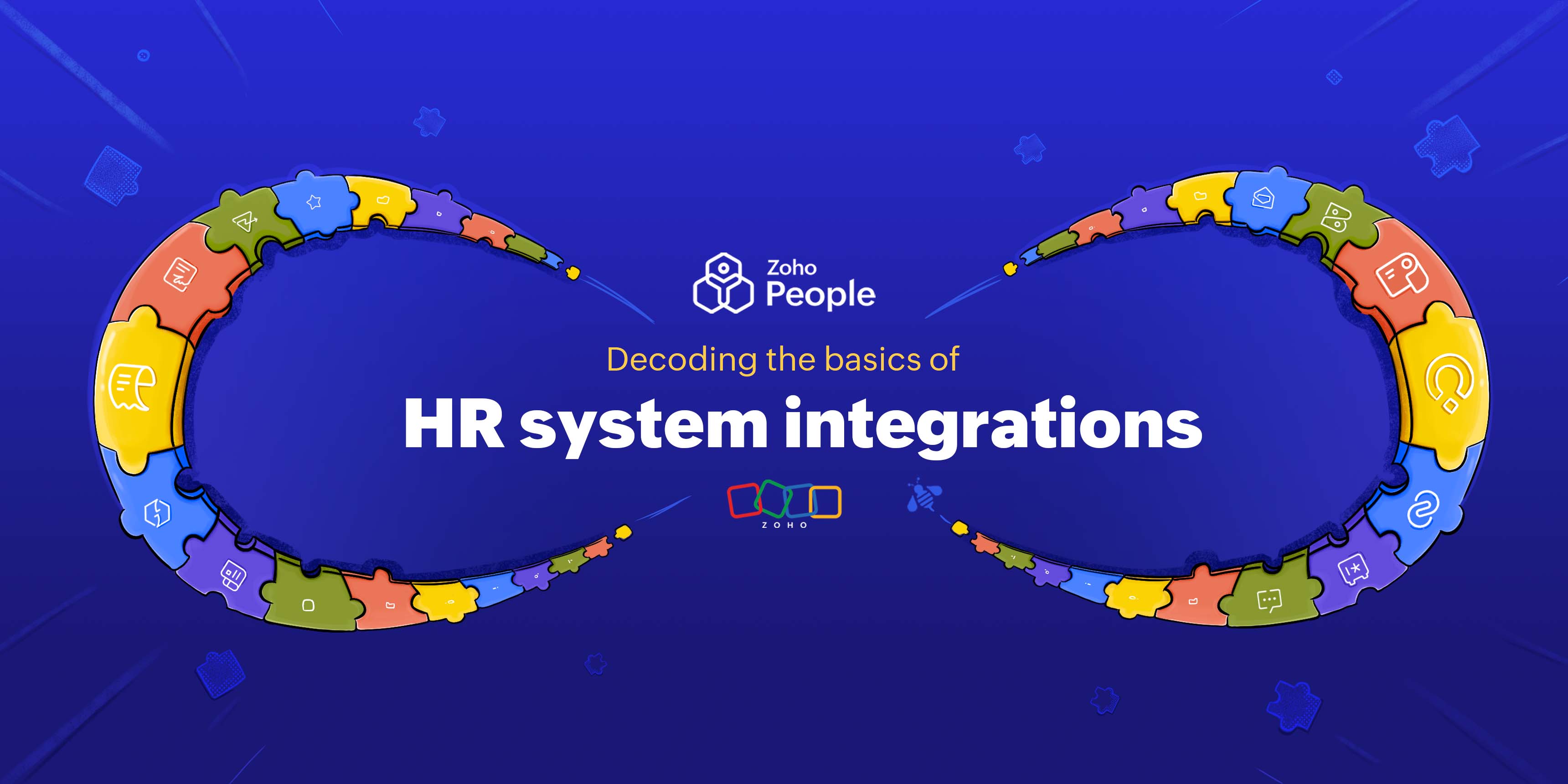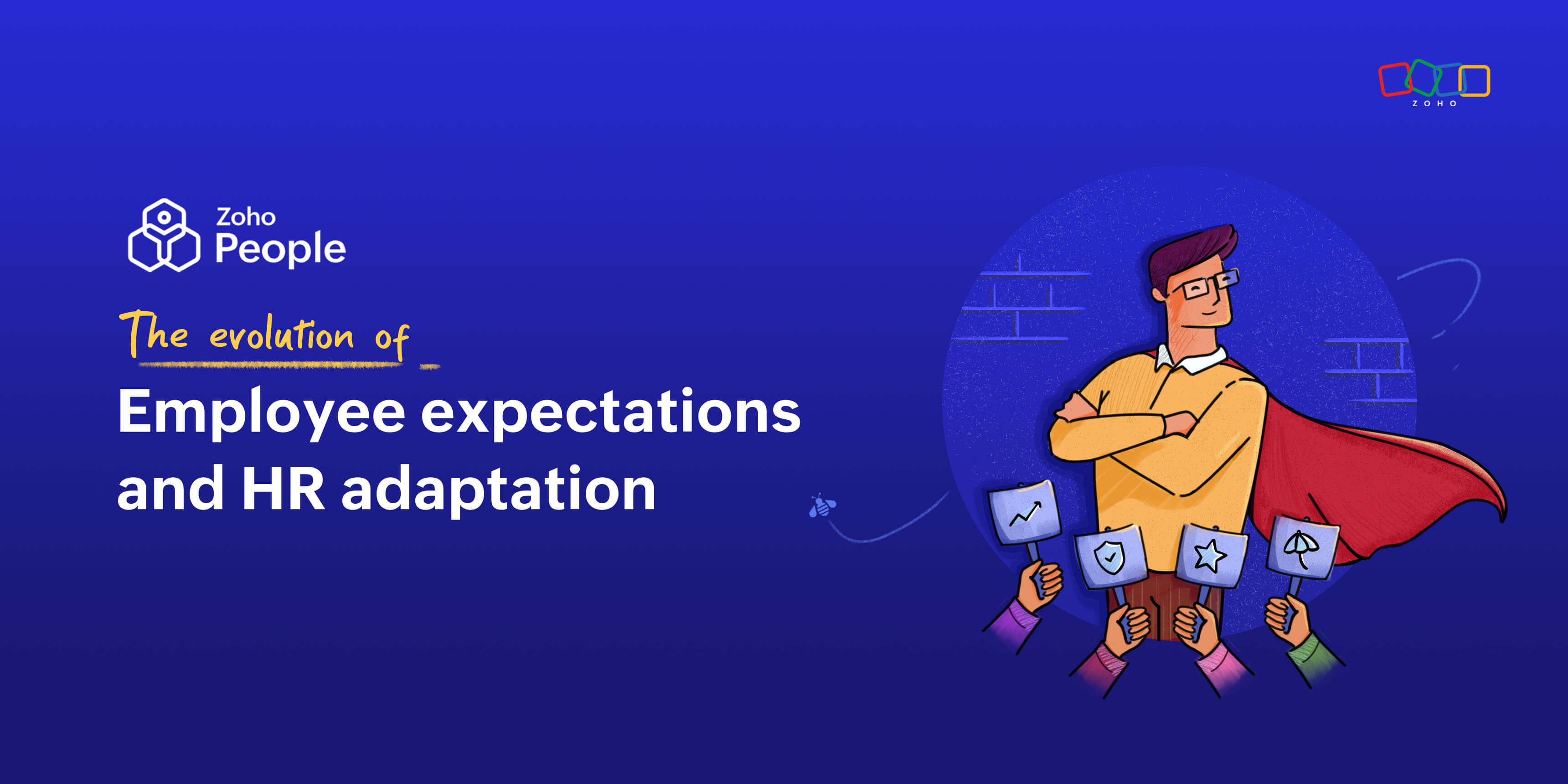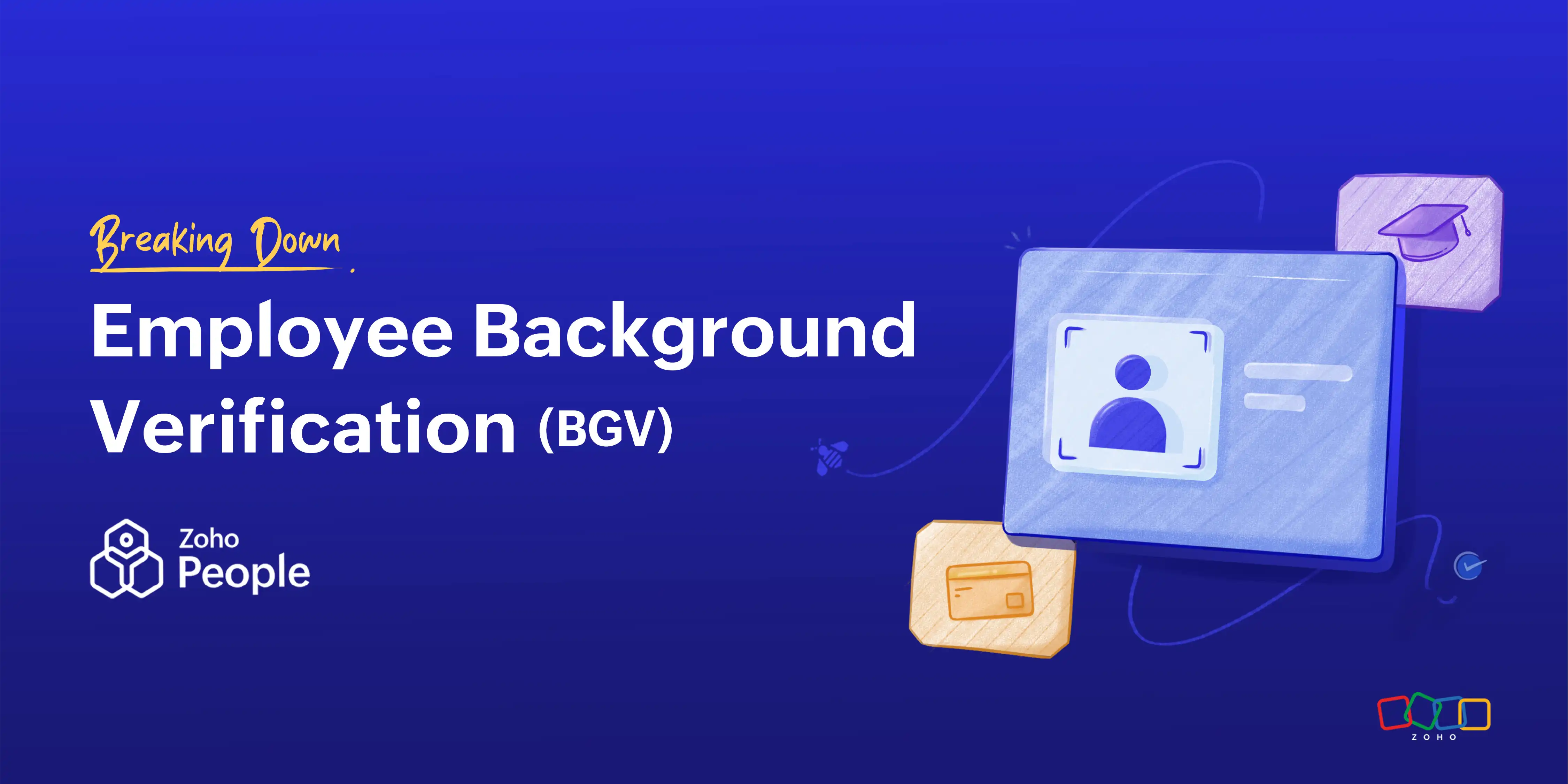- HOME
- More
- Employee Engagement
- Partnering with HR: What I learned about growing team success
Partnering with HR: What I learned about growing team success
- Last Updated : August 23, 2023
- 1.1K Views
- 9 minutes Min Read

When I first entered into a senior management position, I figured I was the expert on my team’s needs and it would be faster if I just did all the recruitment on my own. This was clearly a case of “you don’t know what you don’t know.”
I soon discovered how ill-equipped I was in making the best talent acquisition choices. I was bringing the wrong people on board, and when I did get the right people, we couldn’t keep them engaged and interested enough to stick around long. Beyond just recruitment, there were many areas in our HR operations that needed improvement—like developing a company culture that went beyond the values statement that no one actually reads.
It was only then that I truly appreciated the value that HR professionals add to maximizing the human potential of teams. But even with this revelation, the path to finding the right HR framework took some trial and error.
The drawbacks of traditional HR departments
I assumed the immediate solution to my issue would be to simply leave it to the HR department. After all, they’re the ones with the best tools for identifying the right talent and the know-how to improve employee satisfaction.
To my surprise, I quickly realized that the traditional “HR department” model has its limitations, such as:
1. Consumed by daily issues
The solutions provided by traditional HR were often reactions to the immediate problems I had at the time. While this helped to make me feel like I was doing something to remedy the situation, it wasn’t actually the right way to solve our core issues. The team kept growing, but I didn’t have a clear vision of how I was going to help everyone work together. Basically, we were busy but not actually getting anything done.
For example, I would tell HR that I needed another content manager on my team because the current person couldn’t handle the workload alone anymore. HR would put up an ad for the role, and it’d get filled. But by the time the new person came on board, the original issue might have been resolved, and there was no longer a need for two people with overlapping roles.
Looking back, I realized we weren’t hiring strategically, and we just ended up with a group of people with similar skills solving for today’s problem. If I had taken the time to sit down and forecast long-term issues with HR, we could have made decisions that solved both today’s issue and any further challenges that would appear down the line. The team would have consisted of people with specific, individual skills that added to the overall team’s productivity and success.
2. Superficial recruitment strategies
The traditional HR framework doesn’t really allow for a deep understanding of what the hiring role really requires. When I told HR that I needed a growth specialist on my team, they would ask for specifications from me that took a lot of time to articulate. Then, when the job ad went live, they reached out to people the internal team already knew wouldn’t be a good fit for the position.
There was a lack of communication, and on top of that, the HR representative we worked with didn’t usually work in this industry. This meant that she didn’t know the ins and outs as well as my team did. Speaking to other leaders in the company, the same went for any role—accountants, engineers, you name it.
This led to long recruitment times and bad matches between the new hire and the team. Even with the specifications I gave to the recruitment team, the hands-on knowledge and experience was lacking, and they couldn’t decide on who was the best person for the job. A six-round interview process could have been narrowed to three had there been more understanding of what was required.
To make matters worse, the effects of this trickled down to the rest of my team as they waited for the role to be filled. They got burned out because support didn’t come soon enough.
3. HR absence in business strategy
Traditional HR departments seemed disconnected from big-picture company strategizing. In a survey conducted by Gartner, only 55% of CEOs feel their HR executives are actively involved in business strategy. To be honest, I didn’t consider HR’s role when thinking about industry trends or adopting new technology and systems.
This was because I was looking at these problems as technical issues rather than “people problems.” If you’re trying to get your team to use new software that’s unfamiliar, is it always a software problem when employees are frustrated with the technology? It certainly can be. The software could be clunky or the UI could be difficult to navigate. But perhaps the issue lies within the organization. Employees could be resistant to change, creating a culture that leaves little room for software innovations. This is where an HR professional can help.
Having witnessed these three issues, I was keen to partner with HR more often to develop forward-looking strategic plans in areas that I didn’t initially think was their territory.
Shifting to the HR Business Partner model
Don’t get me wrong, the traditional HR department model had its operational benefits, making it easier to onboard new team members, keep track of payroll, and set up a general workplace policy. But I saw a gap that needed to be filled—connecting HR with a deeper, long-term understanding of organizational needs.
We eventually evolved towards a Human Resource Business Partner (HRBP) model which helped to fill these gaps in the following ways:
1. In-depth understanding of company needs
The first main benefit of the HRBP framework is that it goes deeper into the hiring needs of the team.
In practice, this actually meant having the HR person physically sitting with us and being involved in meetings. They had to be on the ground with us to really understand our problems. This way, the HRBP could develop expertise in our industry and know our different needs when hiring for Growth versus Engineering or Design.
There were no more templated recruitment strategies because our HRBP was always familiar with the team’s short and long-term goals. This helped us start identifying the type of people we needed, not wanted.
This greatly improved our recruitment efficiency. We learned that we should have been hiring more senior people who could prevent problems at an early stage rather than hiring junior team members to constantly help put out fires. If we had this clarity from the start, our recruitment process could have been a lot more streamlined and targeted earlier on.
2. Strategic business planning contributions
Within our new HRBP model, our HR professionals went from being passive participants taking instructions from management to being active, strategic partners that provided valuable insights on business strategy.
Discussions started going beyond low-level topics like how to make payroll more efficient or what updates we needed to our workplace policy when there was an incident. We had room to discuss that, but also start talking about high-level strategy such as creating a culture of innovation amongst our people so that our company could maintain its competitive advantage.
According to a Gartner study, organizations with high-performing HRBPs enhance employee retention rate by up to 24%, employee performance by up to 22%, overall profit by up to 9%, and revenue by up to 7%.
So why is it that we can witness the direct benefits of including HR in big-picture strategy, but we’re not actually practicing it? Based on that same study, one reason might be that HR professionals, even if they are listed as HRBPs, don’t have enough time to participate in more strategic matters. 19 of their hours per week are spent handling employee issues, and 16 are spent on daily operations.
The key takeaway I got here was the perceived lack of executive and employee buy-in. In fact, this was one of the biggest barriers I faced when trying to adopt a more strategic HR framework. Initially, I didn’t understand what strategic value HR could bring to the team either, so I had a difficult time selling the idea to upper management. There needs to be a fundamental mindset shift at the management level if you want your HR executives to have the confidence to become strategic partners. This means doing the research about why this shift will benefit the organization in the long run.
3. Proactive in preventing HR problems
Another key difference with the HRBP framework was how it helped the team identify the right problems to solve in the first place.
For example, every team has gaps in management. As someone who’s in the trenches on a daily basis, it was hard for me to see some of these blind spots on the team. That was where getting proactive feedback from our HRBP helped me to forecast areas of improvement before they turned into serious problems.
Together, we were able to identify potential leaders on the team early on and plan for their long-term development by setting up coaching and mentoring programs. This was crucial for the future sustainability of the company because individuals with leadership potential will often leave if they don’t see growth for themselves in the company.
There’s no better place to start than internally when looking for future leaders. As research analyst firm, Brandon Hall Group, has found in a study, 64% of organizations said their greatest hurdle was attracting the right talent. Since it’s clearly much easier to retain talent than to acquire it, start investing in your key players from an early stage. And work with your HRBP to find the best ways to do this because they’ll have ideas about how to nurture talent.
This proactivity didn’t just improve things at the leadership level. I also saw the difference that it made in the wider team context. Our HRBP identified areas in which potential friction could happen (e.g. unclear delegation of duties or overlapping workload) and prevented them before they arose. We eventually changed the way we defined our team roles and structure to make duties and goals clearer for everyone.
Even though it was sometimes counterintuitive to the standard template of what teams should look like, it worked for us. That’s why it’s so crucial for your HRBP to actually have their ear to the ground to see what’s happening. Every team is different and your HR solutions need to reflect that.
Ultimately, what I valued most about the approach was how all these little steps we took helped all of us to work better together. Team members had a clearer understanding of what was expected of them and how we were going to function as a group.
Find the true value of your people with the right HR framework
In the beginning, CEOs and senior management often wear multiple hats. This includes the HR roles of hiring, overseeing training, and ensuring employee satisfaction. But if we look at the broader picture, what the CEO is actually trying to do is to build a world-class team, define how the team works together, and evolve it as the company grows.
At some point, some of these crucial responsibilities need to be delegated to an HR professional. If you don’t get your HR framework right, you won’t get the best value out of your teams.
For many people in senior management, getting this framework right actually starts with self-reflection. Many HR professionals don’t feel that their opinions are valued in strategic planning meetings. When you take the initiative to actively partner with HR in your business decisions, you will be surprised at the insights you will receive.
So don’t discount the importance of HR in helping you create the best team and the best environment for it to thrive. As Steve Case, co-founder of AOL, has said in an interview with entrepreneur.com, “The team you build will define the company you build.”
This is a guest post by Andre Pinantoan, who is currently the Head of Growth at Fingerprint for Success, a startup that aims to democratize coaching for everyone, not just executives. He was previously Head of Growth at multiple expanding companies such as Canva.
 Tarika
TarikaContent Specialist at Zoho People


